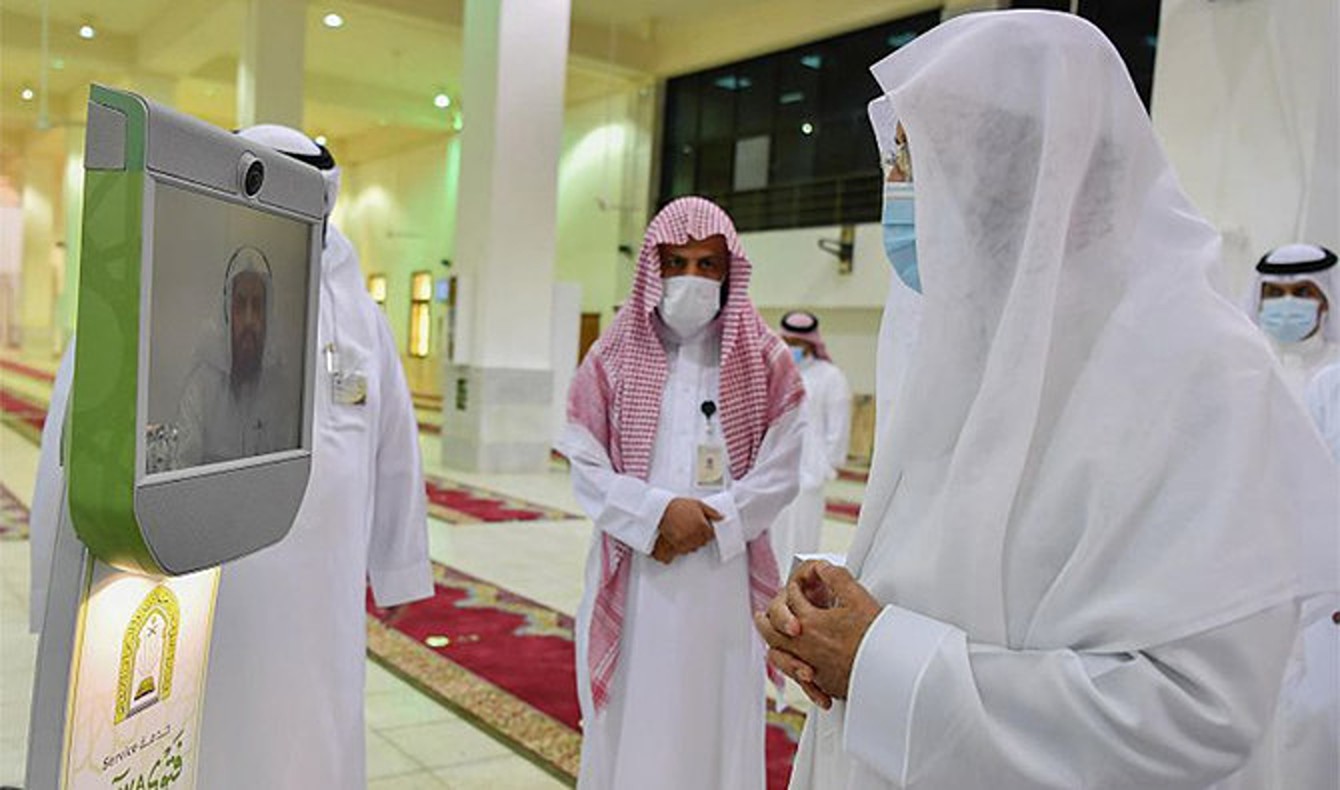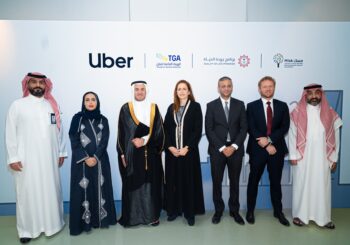As the Hajj season approaches, expected from June 4 to June 9 pending moon-sighting confirmation, Saudi Arabia has introduced new initiatives to improve safety and sustainability.
Since 2022, Saudi Arabia has rolled out several initiatives to make Hajj easier, starting with the Nusuk platform. This digital service helps pilgrims with visa applications, booking accommodations and transportation, and providing information on rituals and activities.
This year, the Kingdom is introducing a range of initiatives that combine technology, infrastructure upgrades, and health services.
One of the standout updates is the introduction of the Manarat Al-Haramain robot, now in its second version. This AI-powered assistant can answer religious questions, translate into multiple languages, and even connect pilgrims with scholars through video calls.
There is also a digital guidebook available, also known as the “Smart Book of Hajj Rituals,” in six languages, including English, Arabic, and Urdu, designed to walk pilgrims through every step of the Hajj rituals. The digital guide is found electronic libraries in mosques and aboard flights of the Saudi national carrier, Saudia.
Technology is also being used to make women’s prayer areas more welcoming and accessible. At the Prophet’s Mosque, the Women’s Affairs Agency has introduced smart screens in female prayer spaces.
These screens offer real-time guidance, access to Islamic books, fatwas, and downloadable religious content. Supporting 19 languages, the system helps women from all over the world feel more included and informed during their visit.
Hajj has long been associated with demanding, extended walks, which can be particularly challenging, and even dangerous, for those prone to heat exhaustion. In response, Saudi Arabia has expanded the use of eco-friendly rubberized walkways along key high-traffic routes, such as the stretch between Namirah Mosque and the Al-Mashaer train station in Arafat.
Made from recycled tires, these paths offer a softer, more forgiving surface that helps reduce foot injuries and fatigue during the pilgrimage’s physically intense journeys.
On top of that, 2,400 water stations have been set up along key walking routes. These coolers will provide much-needed hydration, especially with temperatures soaring during the summer months.
Health and safety have also taken center stage, particularly as last year witnessed the death of over 1,300 pilgrims, mainly due to extreme heat and the large number of unauthorized pilgrims. The Ministry of Health has launched awareness kits in eight different languages, offering guidance on everything from avoiding heatstroke to getting the right vaccinations before the trip.
These kits are being distributed online and on the ground, ensuring everyone gets the information they need.
To help pilgrims stay hydrated, especially amid extreme heat, the Makkah Soqia Water Society has launched its annual Hajj Water Project, with plans to distribute 15 million bottles of water. With high temperatures increasing the risk of heatstroke and dehydration, the initiative is a vital effort to protect pilgrims’ health during the physically demanding pilgrimage.
More than 220,000 pilgrims have arrived in Saudi Arabia for Hajj 2025 so far, according to the Saudi Visa Office. The majority of early arrivals are from Bangladesh, Indonesia, and Pakistan.








Comments (0)